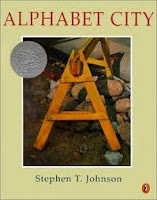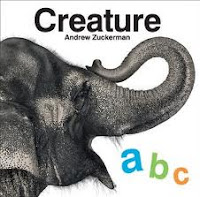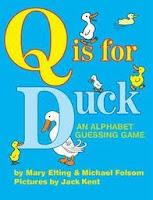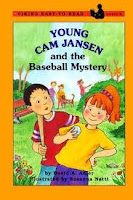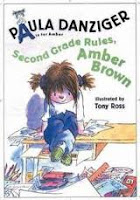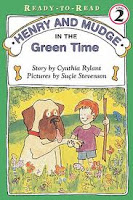Every year the National Book Festival falls on the weekend
of my birthday. I’ve spent several
birthdays on the National Mall listening to authors talk about their craft and
buying books. The Maryland Renaissance
Festival also coincides with my birthday, but I seem to have out grown wearing puffy shirts and ogling carnies in period dress. This year three of my favorite children’s
authors were featured guests, so I’m dedicating this week to Lois Lowry, Jerry
Spinelli and Avi.

 All three of them have new books coming out this fall, and
have written some of the all time best.
Of the three, I’ve known Lowry the longest. Her Anastasia series was one of my favorites
in fourth grade, and I still treasure my signed copy of Anastasia, Ask Your
Analyst. Unfortunately, I’ve found
that today’s kids aren’t as enamored of the slightly nerdy, imaginative heroine
to whom I related. She’s better known
for her Newberry Award winners, Number the Stars a beautifully written
book about the Holocaust and The Giver, which started the dystopian
society craze that seems to be the genre of choice for most tweens. The fourth and final book in The Giver
series, Son, is being released this fall.
All three of them have new books coming out this fall, and
have written some of the all time best.
Of the three, I’ve known Lowry the longest. Her Anastasia series was one of my favorites
in fourth grade, and I still treasure my signed copy of Anastasia, Ask Your
Analyst. Unfortunately, I’ve found
that today’s kids aren’t as enamored of the slightly nerdy, imaginative heroine
to whom I related. She’s better known
for her Newberry Award winners, Number the Stars a beautifully written
book about the Holocaust and The Giver, which started the dystopian
society craze that seems to be the genre of choice for most tweens. The fourth and final book in The Giver
series, Son, is being released this fall. 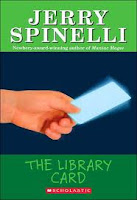
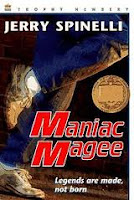 Spinelli is a very different writer, and I first discovered
him in my student teaching when I read his classic, Maniac Magee. Maniac is an orphan, who somehow manages to
bring together the black and white sides of a segregated community. There are so many layers to the book that it
quickly became one of my favorite literature studies. The Library Card is one of his more
obscure books, but I love it. It’s a
collection of four short stories, each about a different kid who is saved by a
library card. Loser and Stargirl
came out within a year of each other and deal with the same themes of
bullying and fitting in. Loser is
geared towards upper elementary kids and Stargirl for middle and
high-schoolers. I read Loser to
my class every year, because they needed to hear the message that it’s okay to
be yourself. His new book is called Jake
and Lily. I’m still on the library
waiting list for it, but I’ve read the reviews and excerpts. I’m sure it will be as good as his
others. It’s about twins with a strong and mysterious mental connection.
Spinelli is a very different writer, and I first discovered
him in my student teaching when I read his classic, Maniac Magee. Maniac is an orphan, who somehow manages to
bring together the black and white sides of a segregated community. There are so many layers to the book that it
quickly became one of my favorite literature studies. The Library Card is one of his more
obscure books, but I love it. It’s a
collection of four short stories, each about a different kid who is saved by a
library card. Loser and Stargirl
came out within a year of each other and deal with the same themes of
bullying and fitting in. Loser is
geared towards upper elementary kids and Stargirl for middle and
high-schoolers. I read Loser to
my class every year, because they needed to hear the message that it’s okay to
be yourself. His new book is called Jake
and Lily. I’m still on the library
waiting list for it, but I’ve read the reviews and excerpts. I’m sure it will be as good as his
others. It’s about twins with a strong and mysterious mental connection. 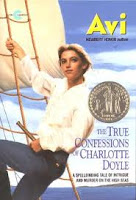
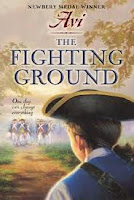 Through most of middle school, Avi’s book The True
Confessions of Charlotte Doyle was my absolute favorite book. It still ranks pretty high on the list, and
the copy I keep in my classroom is much loved.
It’s about Charlotte, who is traveling across the
Through most of middle school, Avi’s book The True
Confessions of Charlotte Doyle was my absolute favorite book. It still ranks pretty high on the list, and
the copy I keep in my classroom is much loved.
It’s about Charlotte, who is traveling across the
Books by Lois Lowry
Anastasia Krupnik
Number the Stars (Newberry Award Winner)
The Giver (Newberry Award Winner)
Gathering Blue
Gossamer
Messenger
Son (Comes out in October)
Books by Jerry
Spinelli
Maniac Magee (Newberry Award Winner)
Loser
Stargirl
Fourth Grade Rats
The Library Card
Eggs
Jake and Lilly
The True Confessions of Charlotte Doyle (Newberry
Honor)
Crispin, Cross of Lead (Newberry Award Winner)
The Fighting Ground
Poppy
The Secret
School
Iron Thunder
Sophia’s War (Comes out this month)



